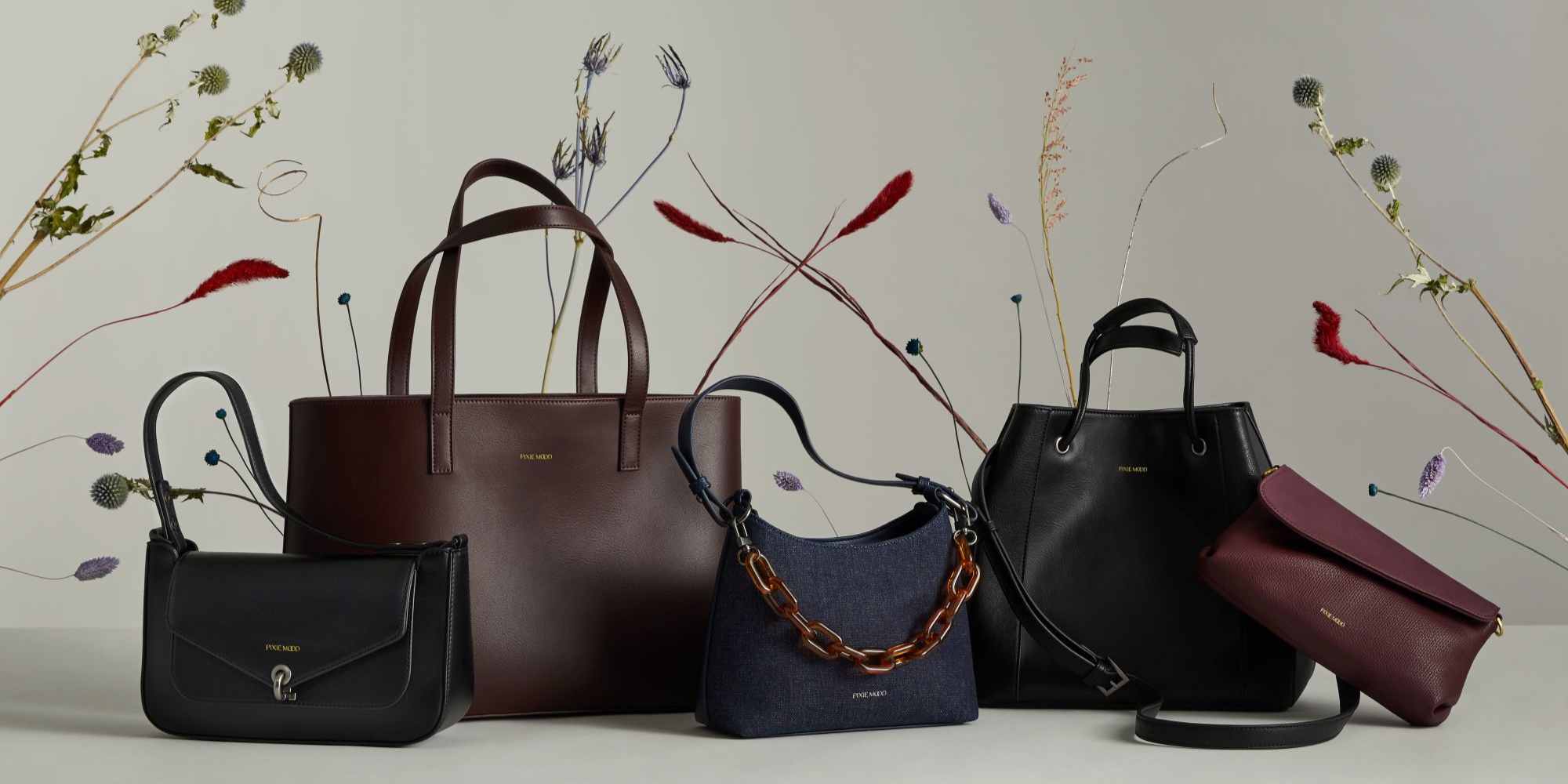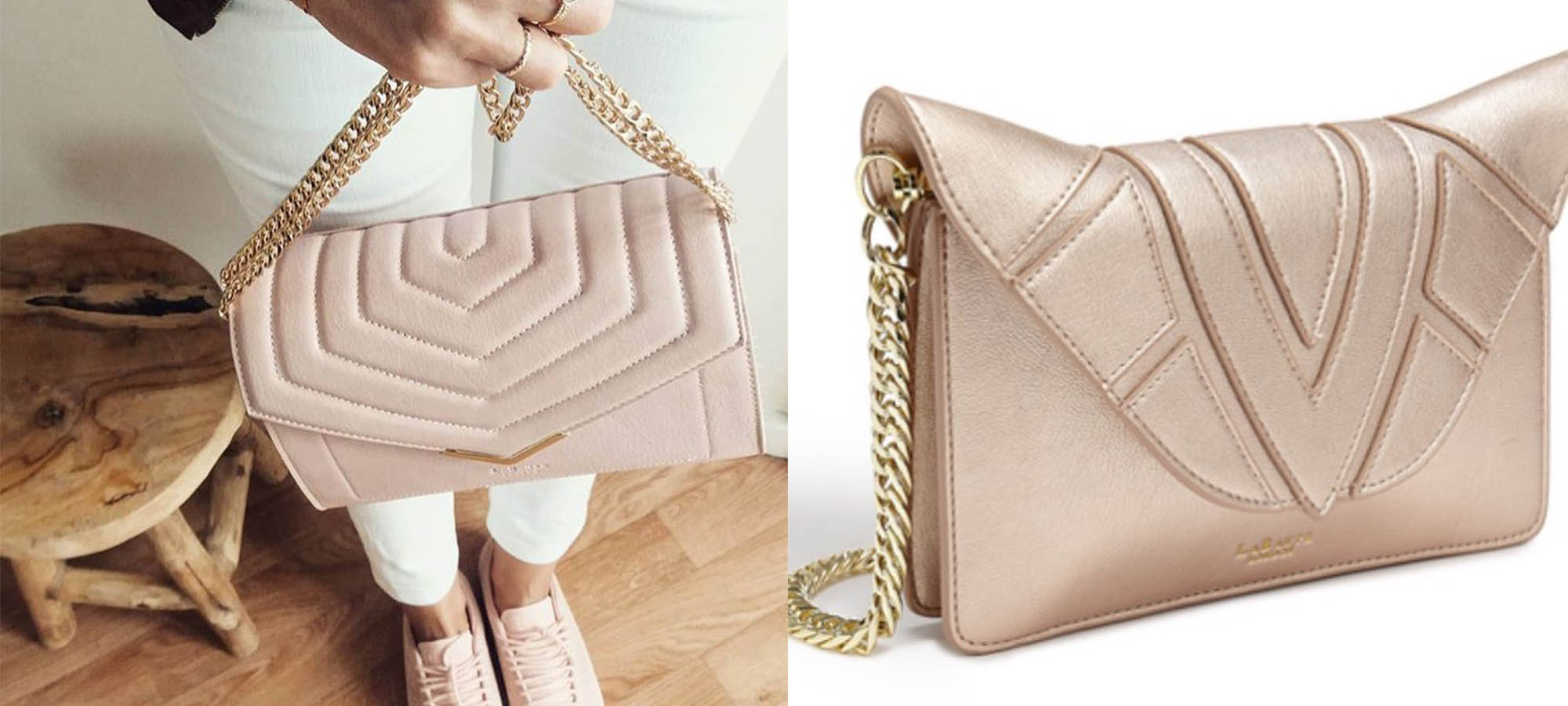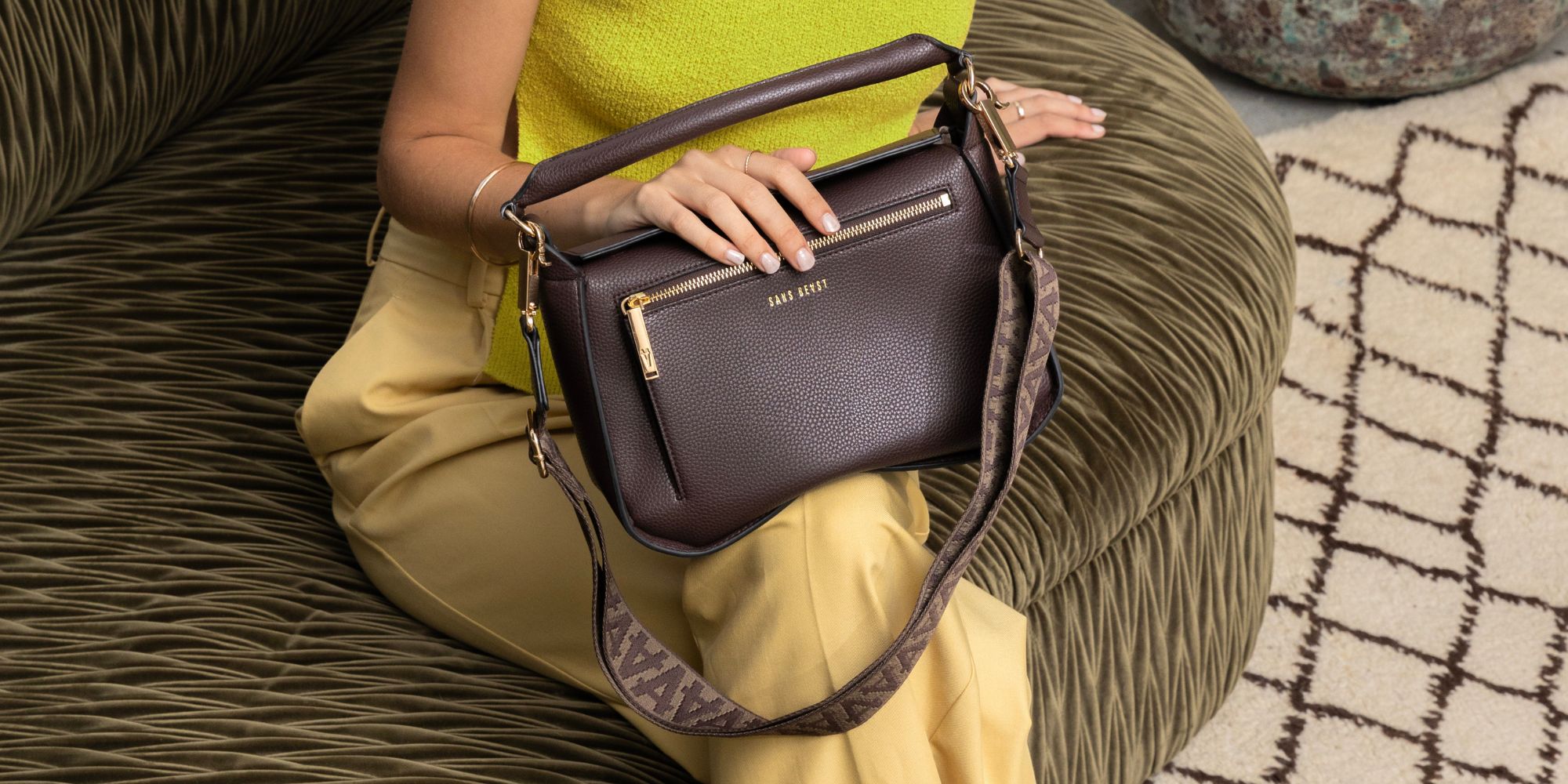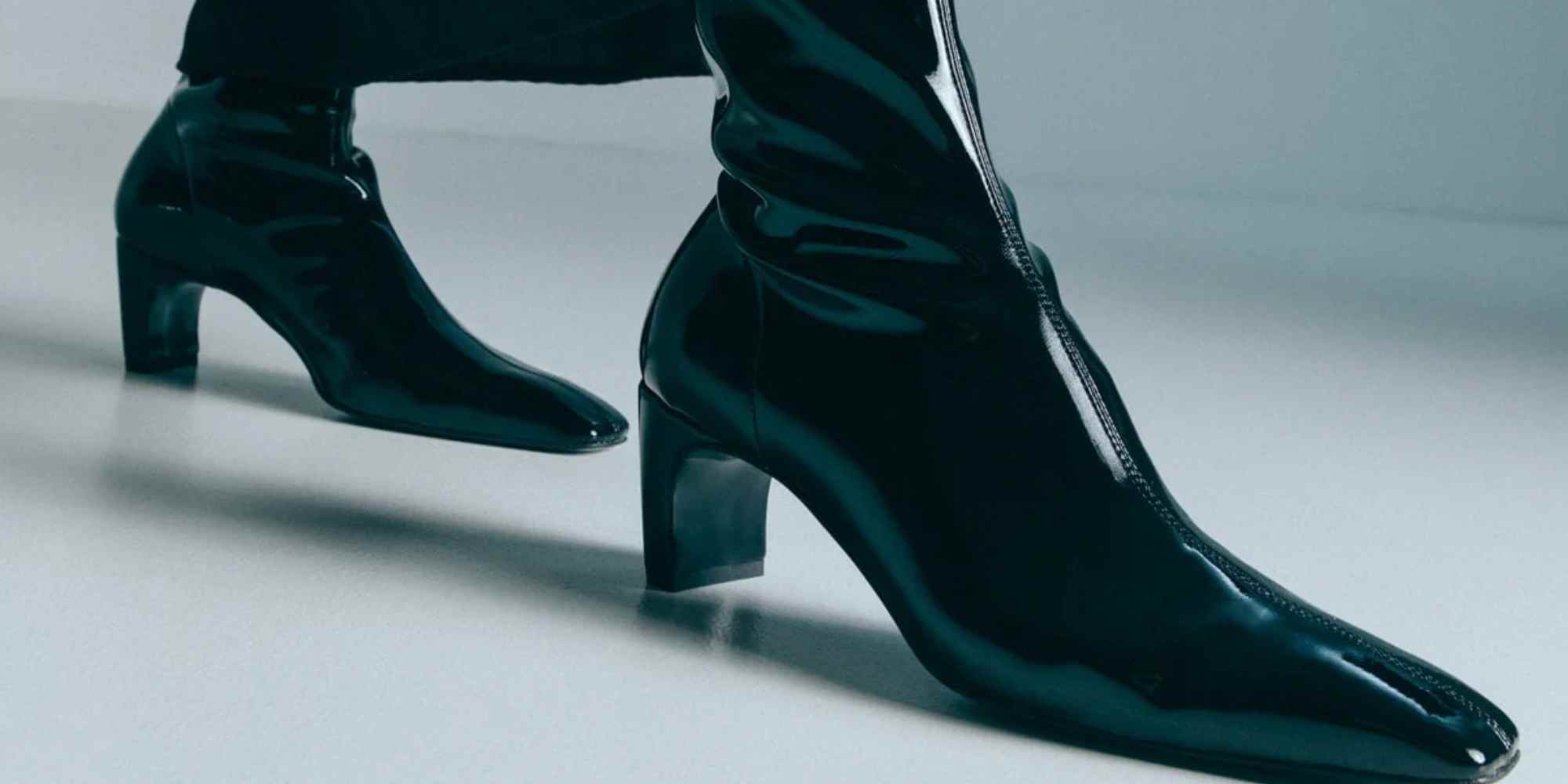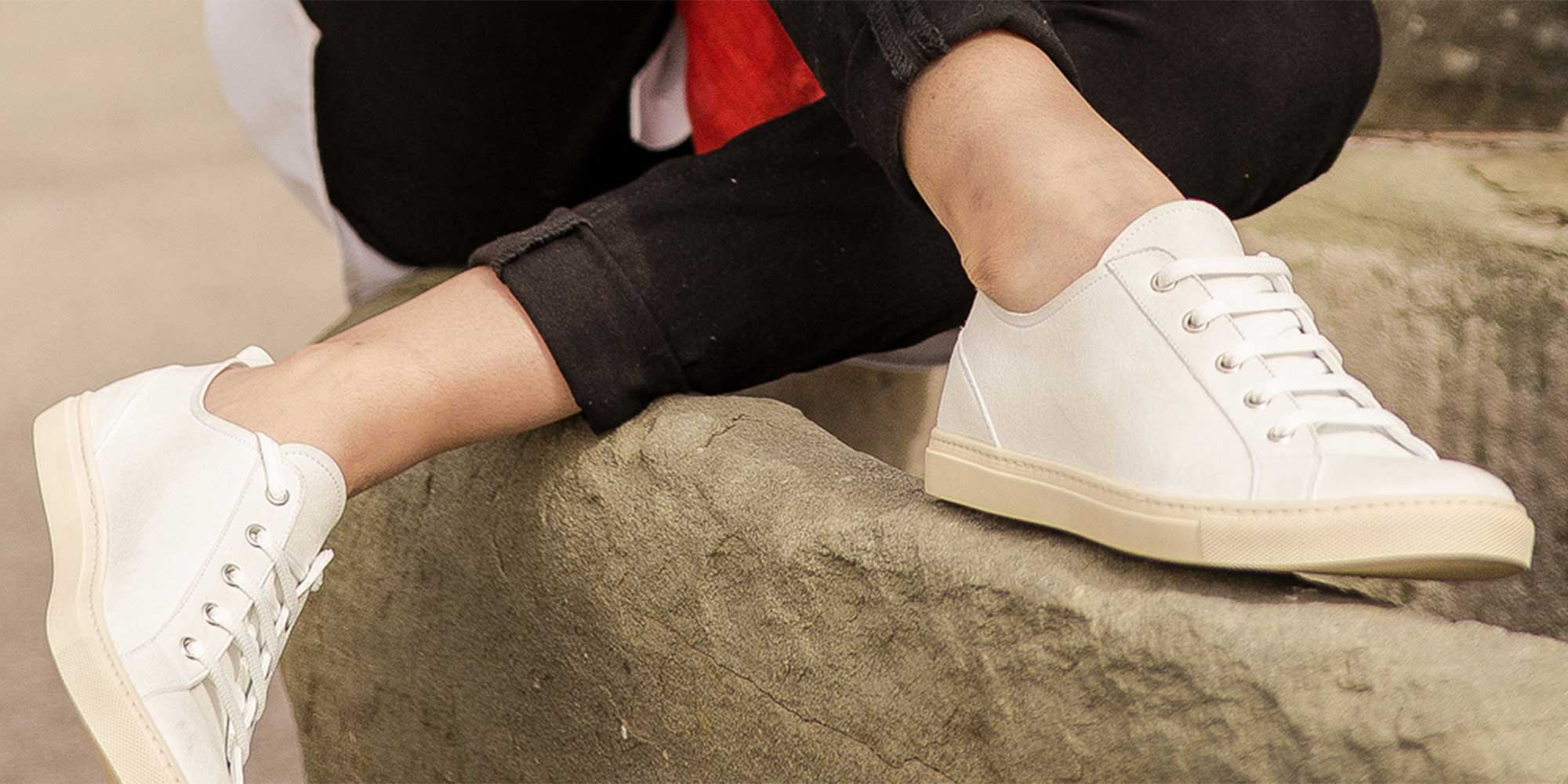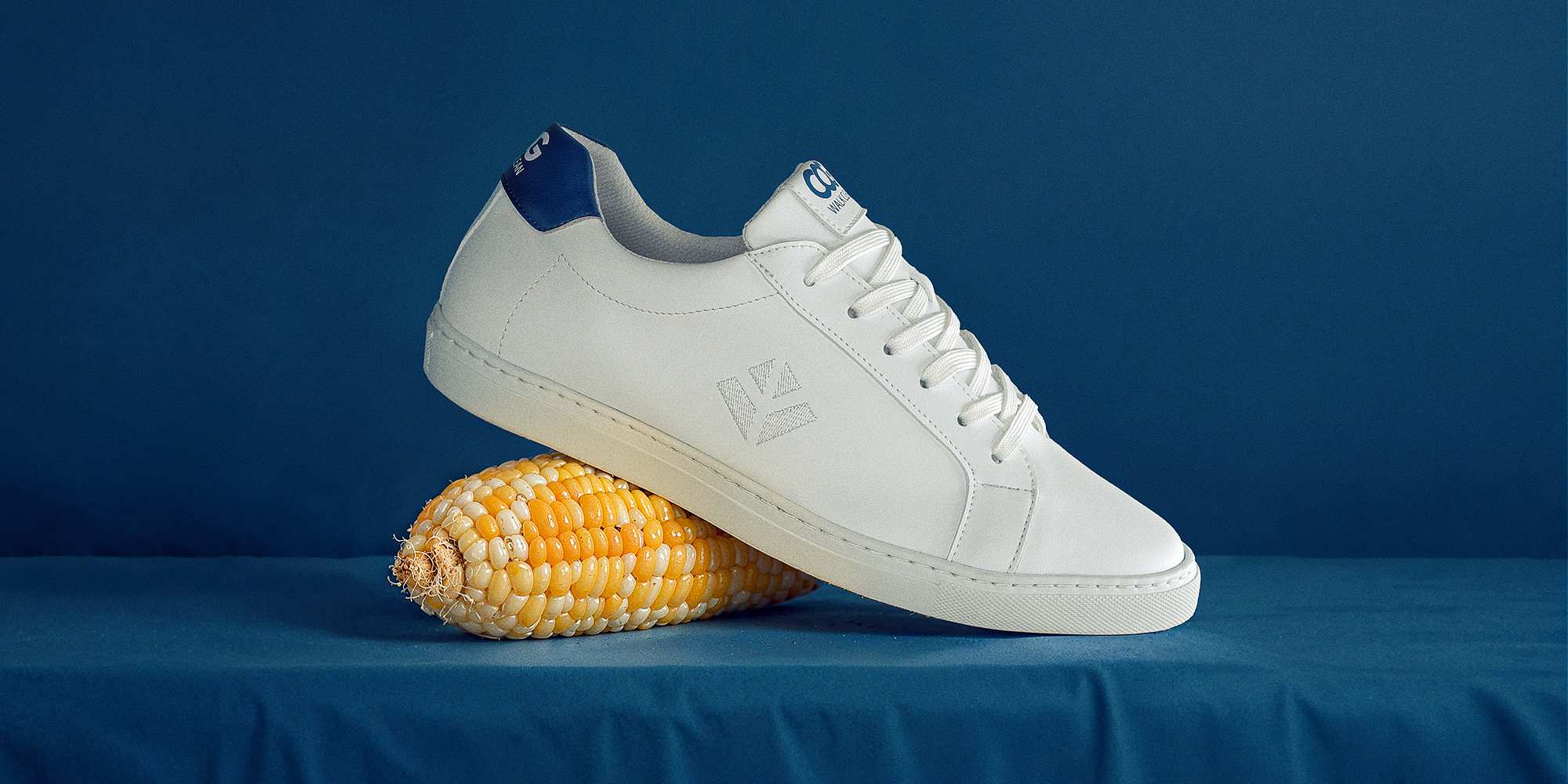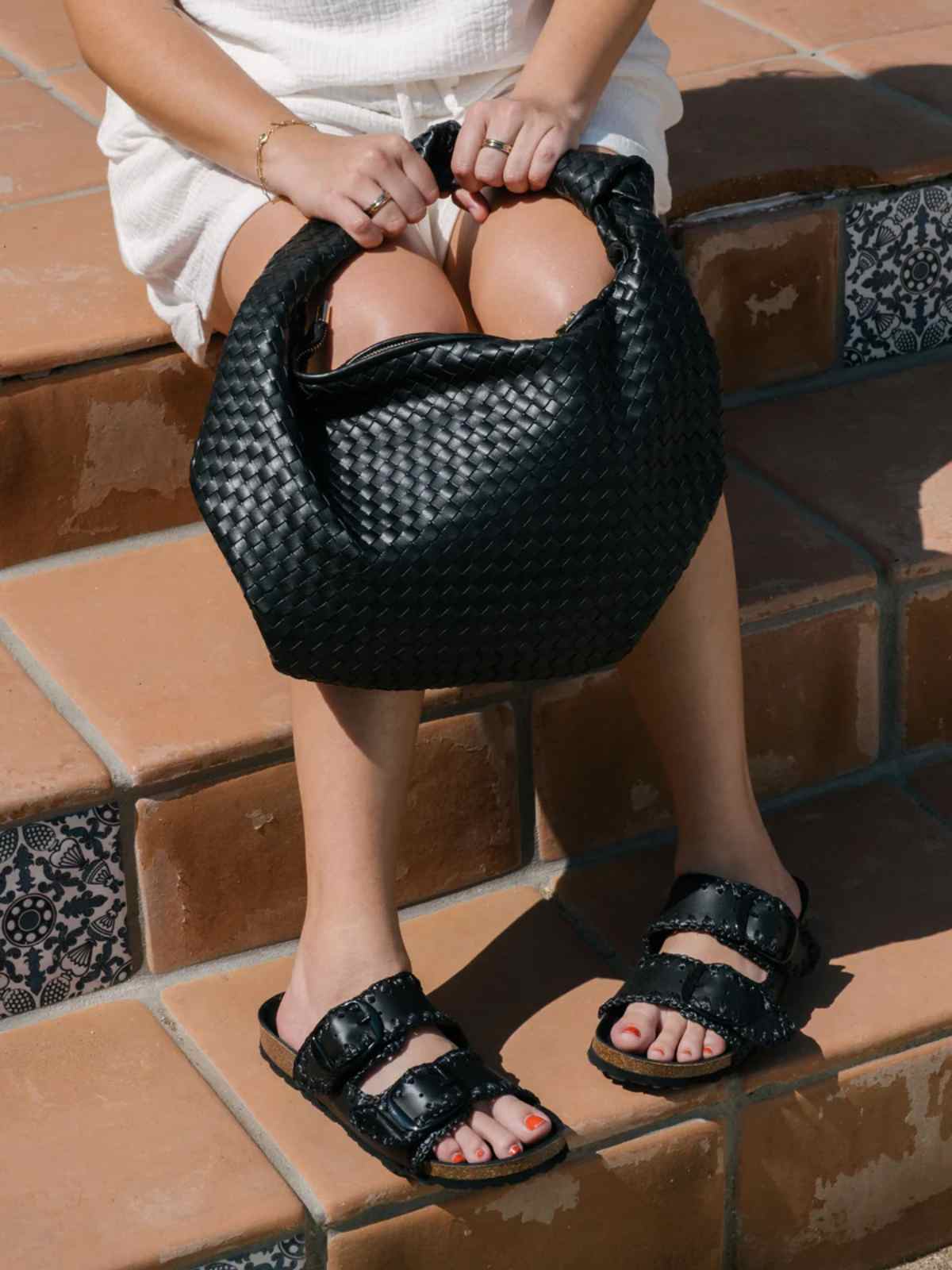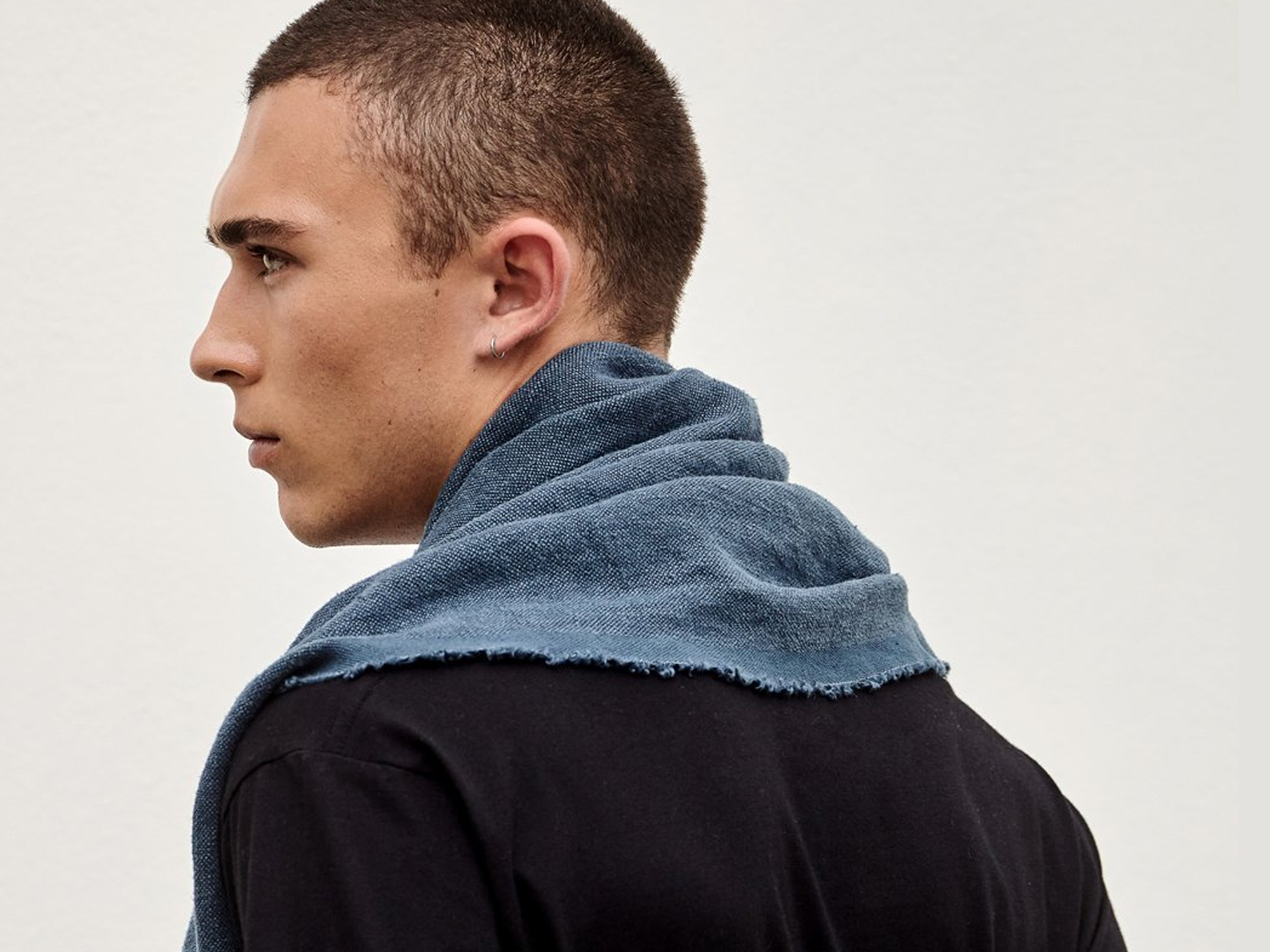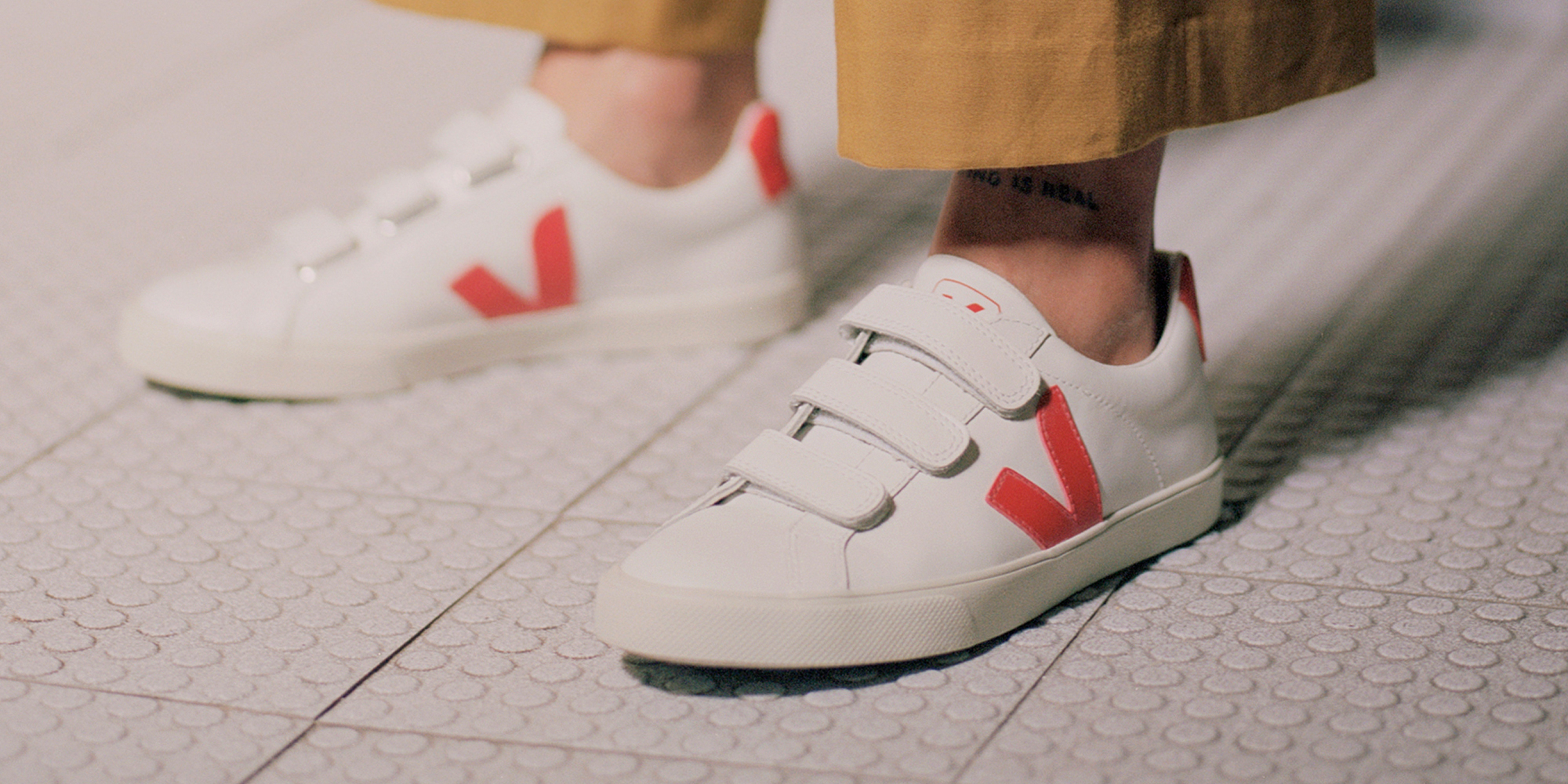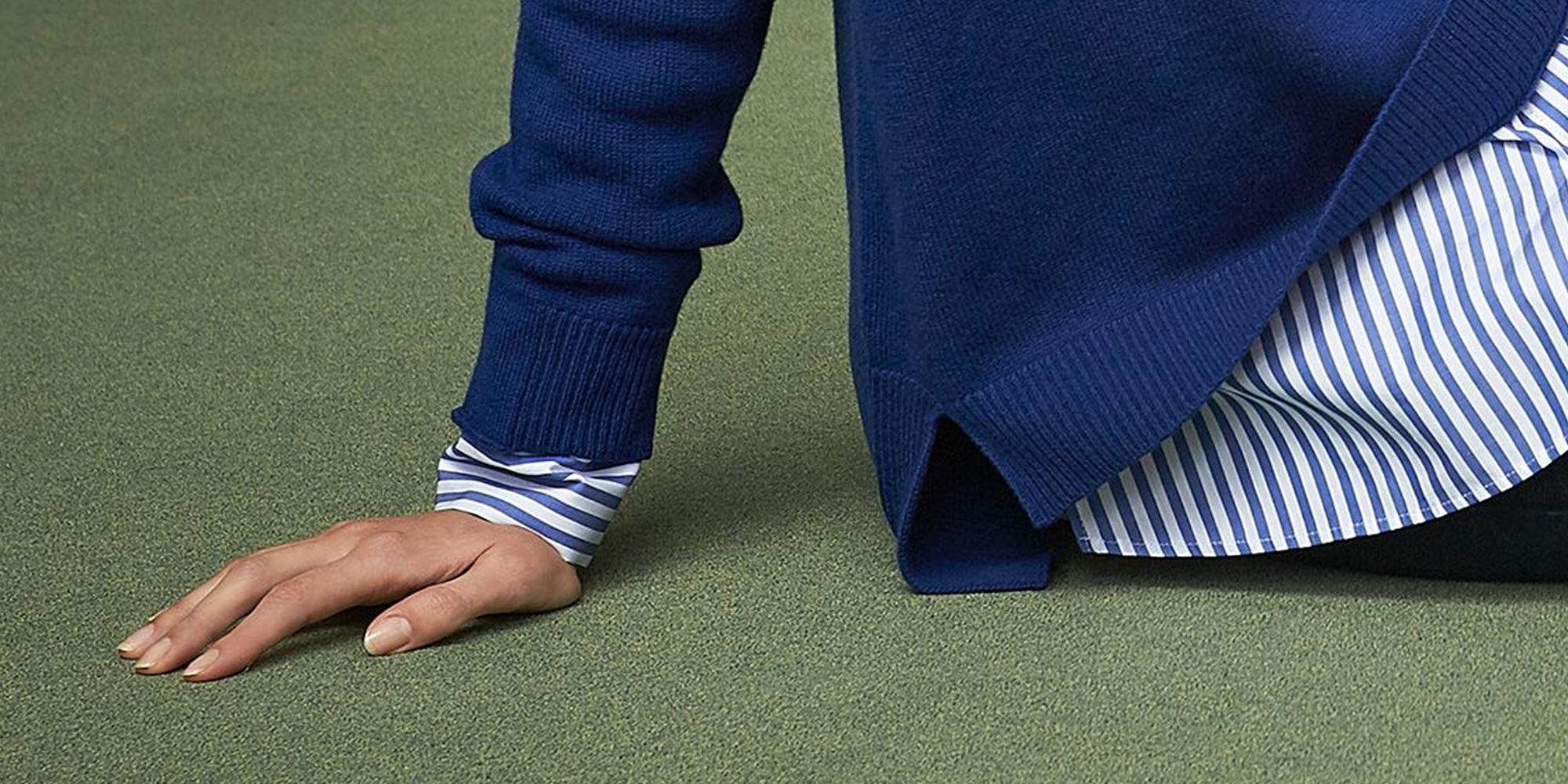Our editors curate highly rated brands that are first assessed by our rigorous ratings system. Buying through our links may earn us a commission—supporting the work we do. Learn more.
Coach is built on exploiting animals for the sake of style, so can it ever be sustainable? Here, we explore the brand’s “Not Good Enough” rating. This article is based on the Coach rating from December 2024 and may not reflect claims the brand has made since then.
A brand rooted in craft… and animal exploitation
Coach began in 1941 when a small collective of leatherworkers set up shop in New York City, handcrafting wallets out of a loft in Manhattan. Soon, handbag experts Lillian and Miles Cahn joined, and when Miles noticed that leather baseball gloves became more supple after lots of use, he set about emulating that soft handle to apply it to bags. That set the workshop on the path to becoming Coach as we know it today. Years—and several acquisitions and creative leadership changes—later, Coach has gone from a group of craftspeople to a behemoth brand that now also makes clothes, shoes, jewellery, and accessories, with over 900 stores around the world.
Today, Coach’s handbags—like the Empire and Brooklyn—regularly go viral on TikTok, are carried by the likes of Bella Hadid, and dubbed a Gen Z favourite thanks to their blend of style, heritage, and somewhat accessible price point compared to other luxury handbag brands. This recipe has led to net sales of $5.1bn, according to its parent company, Tapestry.
While Coach’s early way of working—slow and on a small scale—had some aspects of sustainability, let’s not forget that the business was founded on the principle of creating wallets from the skins of animals, and that is inherently unsustainable. It begs the question: if exploiting animals is at a business’s core, can it ever be a responsible brand?
And leather isn’t Coach’s only sustainability concern—in 2021 the brand was found to have been damaging unsold products and throwing them in the trash at its stores, upholding the fashion industry’s problematic linear model of take-make-waste. Since then Coach has implemented more circularity initiatives, but do they outweigh its impacts on animals, people, and the planet? Let’s find out.
Environmental impact
Coach rates “It’s a Start” for the environment—the area where the brand is putting the most work into demonstrating its impact.
Coach reuses some textile offcuts and includes some lower impact materials, including recycled ones, in its collections. And it works with tanneries that are certified silver or gold by the Leather Working Group. It has a biodiversity protection policy covering some of its supply chain, and has set a target to reduce its greenhouse gas emissions, but there’s no evidence to say whether it’s on track.
Those are steps in the right direction. But back in 2021, Coach was accused by waste consultant Anna Sacks (also known as The Trash Walker) of deliberately slashing handbags and throwing them away in order to write them off as damaged goods in a US tax loophole. In a TikTok video, Sacks explained: “This is what they do with unwanted merchandise. They order an employee to deliberately slash it so no one can use it. Then they write it off as a tax write-off, under the same tax loophole as if it were accidentally destroyed.”
The label responded by vaguely noting that when it comes to disposing of damaged products, “We have been doing this thoughtfully.” It went on to cite its repair programme, which has evolved into Coachtopia—a “collaborative lab for innovation within Coach, founded with a mission to accelerate our transition towards a circular economy in fashion by rapidly prototyping new products, processes and ideas.” Through Coachtopia, the brand offers products made from recycled materials.
But while Coach promotes its approach to repairing and upcycling, it falls short in other areas.
Labour conditions
Coach’s approach to labour is “Not Good Enough”, and it’s hard to find meaningful evidence of initiatives in this area. For instance, there’s no sign that Coach ensures living wages are paid in its supply chain, nor that it provides financial security to its suppliers, which can lead to poor conditions and wages for workers.
And although it claims to audit some of its supply chain, it doesn’t specify exactly how much. There’s also an extreme risk of labour abuse in the countries where Coach sources its final stage of production, which means it really ought to be taking action to ensure the people making its wares are safe. Coach does have a code of conduct that covers the ILO Four Fundamental Freedoms principles, but that alone is not enough to assure us it’s taking appropriate measures to keep the labour conditions all across its supply chain up to scratch. Coach needs to do more for people, and for animals, too.
Animal welfare
Unsurprisingly, Coach rates “Very Poor” for animal welfare because it continues to use leather, wool, and exotic animal skin and hair in its products. It traces some animal-derived materials to the first production stage, and it doesn’t use down, fur, or angora. But leather is a notoriously polluting and cruel industry, with a significant impact on all those involved. In the past, Coach was linked by a PETA investigation to a leather supplier alleged to be responsible for serious animal cruelty, though it’s worth noting that the investigation took place in 2016 and it is unclear whether the brand still sources from the supplier, JBS, in 2025.
The brand does, at least, have a formal policy aligned with the Five Freedoms of animal welfare, but once again, we see a lack of meaningful evidence that this is implemented in the supply chain. Until Coach can quit leather, we can’t call it a more sustainable brand.
Overall rating: ‘Not Good Enough’
The bottom line is that animal skins are at the core of Coach’s business, and it’s simply “Not Good Enough”. Overall, Coach receives the second-worst rating on our five-point scale, meaning it either isn’t publishing sufficient information about its practices or it just isn’t taking enough action to manage its impact. We urgently need to see better protections for animals and people across Coach’s supply chain, and while it’s making some progress for the environment, there is a lot of room for improvement.
Coach could invest in vegan leather alternatives (that aren’t plastic-based) to make its bags and shoes, and opt to increase the amount of lower impact materials, such as organic cotton and linen, across its clothing range. The Coachtopia programme is a good start, but the brand needs to be more transparent about the products, processes, and ideas it claims to be “rapidly prototyping”, their impact, and how much of the brand’s product range they apply to.
Speaking of transparency, it is imperative that the people making Coach’s products are treated fairly and paid a living wage, and right now, we can’t find evidence to show how workers in the supply chain are fairing. Actively implementing policies for this—and ensuring they’re followed—must be a priority for the brand.
More sustainable alternatives to Coach
Coach may be a ubiquitous brand with popular design options, but there are plenty of brands making equally stylish clothes and bags without such a heavy impact on people, the planet, and animals. Scroll through our list of “Good” and “Great”-rated brands to meet some of them:







